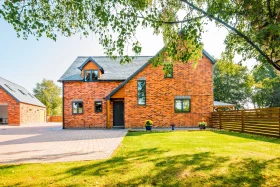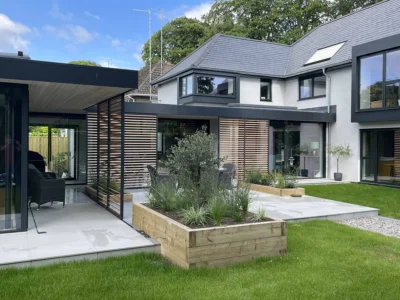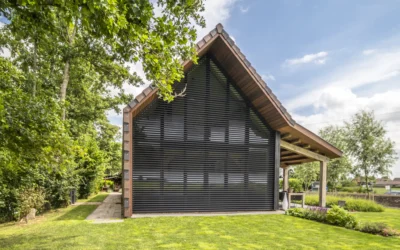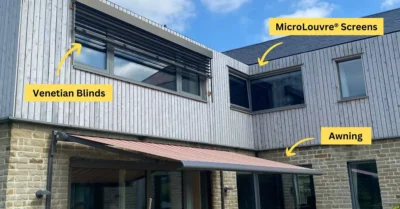Planning Postcode Lottery: Best & Worst Councils for Planning Approvals
Applying for planning permission is one of the first major steps on many self build journeys and some unfortunately come grinding to a painful halt when that application is refused.
According to the Office of National Statistics (ONS), in England the success rate for minor developments of one to nine new dwellings was 74% in the third quarter of 2021, against a backdrop of 89% approval for applications in general.
Read more: What to Do If Your Planning Application Fails
If we roughly extrapolate that out, this means around 3,000 self builders and smaller property developers suffer the heartbreak of a planning refusal each year (though, of course, some do succeed with revised applications and appeals).
Interestingly, the pain is not evenly spread around the country. In the North East of England, 87% of minor dwelling applications were approved; against just 69% in London.
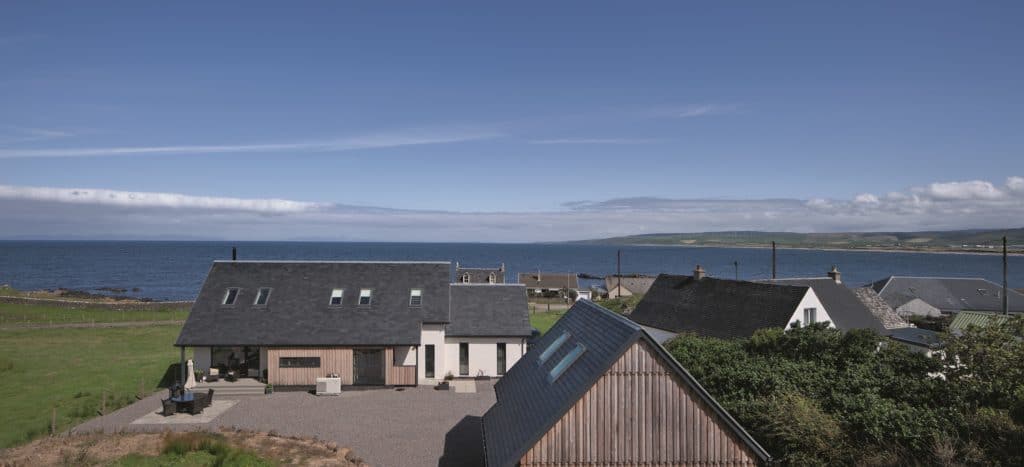
Working with local architect, Colin Potter, of Architeco helped ensure a smooth planning journey for Malcolm and George Stalker. The design past muster first time out, thanks to details such as pushing the house slightly further back on the site to avoid impeding a neighbour’s view. Photo (this pic & lead image): David Barbour
In fact, except for the South West, which has a respectable 80% success rate, there is a clear North-South divide. It is much harder to get planning permission in the South East and East of England than it is in the North or Midlands.
Even sharper differences emerge at local authority level. Just 19 English councils (almost all in the North or the Midlands) approved 100% of the minor dwelling applications they received in the third quarter of 2021.
North Tyneside, Copeland and Oldham received 15, 13 and 16 applications respectively and approved them all. At the back of the pack, 22 councils approved 50% or fewer of the applications they received. Thurrock Council received 12 applications and approved just 3 (25%), Watford ratified 4 out of 12 (33%) and Stafford 4 out of 9 (44%).
The London Borough of Wandsworth was a rare southern success story – it received 235 applications and rubber-stamped 221 of them (94%). Nearby neighbour, Croydon, received 116 applications and approved just 37 (32%).
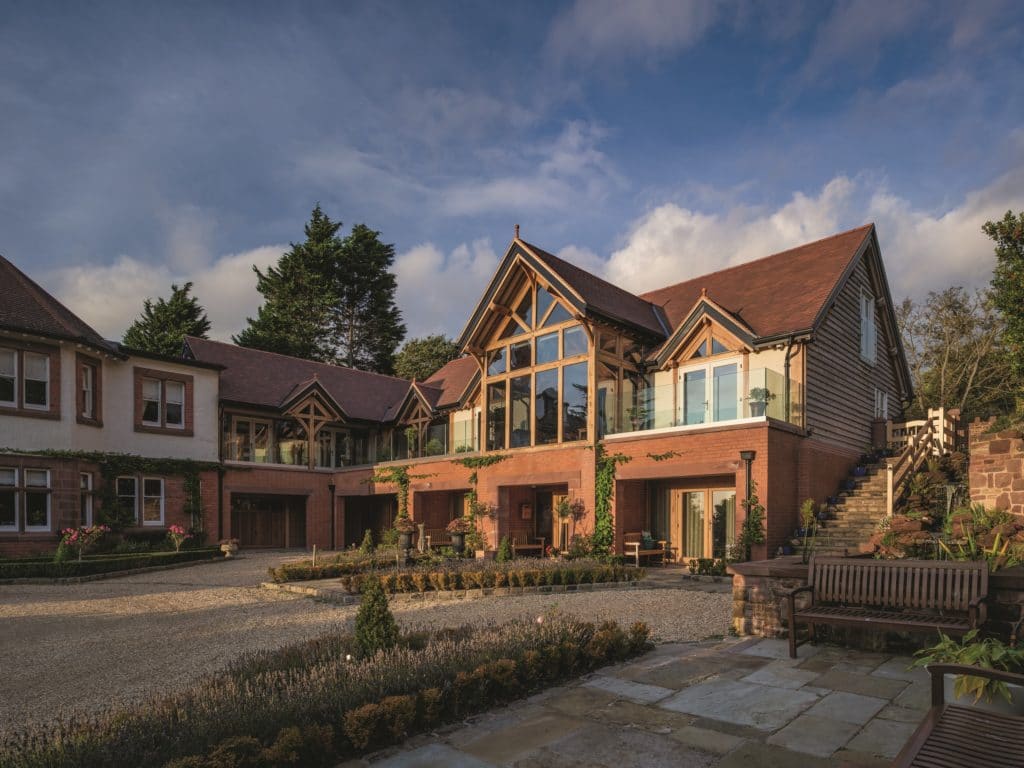
Steven and Janine Carney’s plans to build a new oak frame home on their land for Janine’s parents were knocked back several times. But they ultimately won permission for the sizeable house they wanted thanks to advice from consultants Matthews & Goodman, who identified the couple would have better luck applying for an annexe rather than a separate dwelling. The final design by Welsh Oak Frame includes a link building with two separate garages and a balcony and room above, meaning there’s no direct access between the houses. Photo: Nikhilesh Haval
So, self builders in Croydon could dramatically increase their chances of getting permission for a new home by packing up and moving just one stop along the train line from East Croydon to Clapham Junction.
Regional challenges for self builders
What explains this variation? Some authorities with particularly strict planning policies have lower success rates – just 70% of applications in the National Parks were approved, for example.
Surprisingly, given national policy makes it so difficult to build a new home in the countryside, urban authorities have lower approval rates than rural ones. It may be that self builders are just less likely to try in countryside locations, so the success rate is high because fewer speculative applications are made.
In urban areas meanwhile there are rarely policies ruling out new homes in principle, but plenty of site-specific reasons why applications fail. These include contaminated land, protected trees, harm to a conservation area, parking, etc.
Read more: Designing for Planning Approval Success
There are often good reasons why applications fail, but there are bad ones too. Some councils (mainly in urban areas and especially in London) are under-resourced and poorly performing. Morale is low and staff turnover is high.
Applications are refused because case officers do not have the time to work with applicants to amend or improve them.
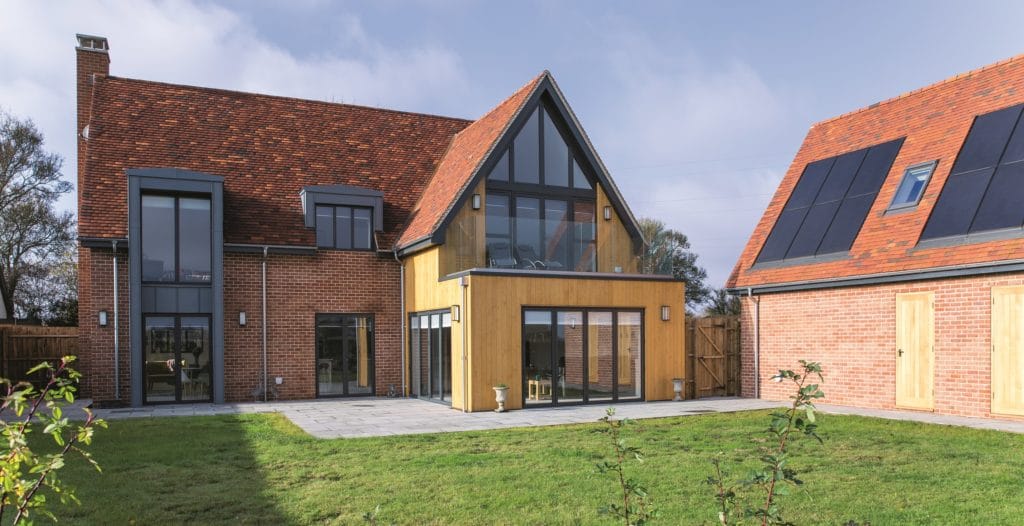
Rupert and Trudy Avis faced a planning battle to secure consent for their home. On the advice of their architect, they initially submitted designs for five different properties on their land – all of which were denied for being outside of the village envelope. They tried again with a single design, but this too was rejected. But when another project was approved 400m further outside the village boundary, they were able to successfully contest the refusal and finally won consent for their 255m2 home. Photo: Lizzie Orme
Politics play a part, too. Not all councils welcome new development, despite the national housing crisis. Neighbours can be loud and shrill in their objections, and councillors on the planning committee have one eye on the need to be re-elected.
I worked as a case officer in London boroughs for years and witnessed how some self builders got a raw deal for precisely this reason.
Beating the planning postcode lottery
Of course, many refusals are not the fault of incompetent case officers or politicking by the planning committee. Often, schemes are justly refused consent because they are of poor quality. For the best chance of success, you must invest in high-quality architecture and good planning advice.
To my mind, the best architects for smaller-scale developments are local; they are likely to have a good understanding of the area, local policies and the proclivities of council planners.
One good way of finding an architect is to visit the planning section of your local council’s website and look at similar types of application, and who did the design work. This will help you find individuals and firms who are active in the area, and to identify whether they tend to get their schemes approved.
You should also familiarise yourself with local planning policies so you have a sense of how your application is likely to fare. All councils publish this information online, but the best way to understand what they mean and how they are applied is to look up recent, similar planning applications in your area.
Be sure to read the case officer’s report (sometimes called the delegated report or the committee report) for a thorough review of relevant policies and how they affected that planning proposal.
QUICK GUIDE: 5 tips to win the planning postcode lottery
|
Check whether your council has identified a five-year housing land supply, too. The government’s National Planning Policy Framework (NPPF) says that policies restricting new housing development may be considered out of date if the local authority cannot show how it will meet its housing needs over five years.
If so, planning consent for new homes can be more forthcoming. Check the council’s planning website, officers’ reports and recent appeal decisions to work out whether there is a housing shortfall.
Relationships are key
Finally, having worked through local planning policies and put together a strong submission, you must carefully manage the planning application process. Before submitting, try to get your neighbours onside.
Go round with a set of plans and a bottle of wine. Involve them (a little) in the design – some neighbours object to planning applications just because they don’t fully understand a scheme or feel that a development is being imposed upon them.
Many are satisfied by assurances that you will maintain a mature hedge along their boundary, for example, or protect their favourite tree. Others just want to hear that you will be considerate when it comes to noise and disturbance during the building works.

Working with local architect Colin Potter of Architeco helped ensure a smooth planning journey for Malcolm and George Stalker. “We were keen to work with an architect familiar with the area and common planning issues here,” says Malcolm. The design passed muster first time out, thanks to well-considered details such as pushing the house slightly further back on the site to avoid impeding a neighbour’s prized view in the spectacular Mull of Kintyre setting. Photo: David Barbour
Try to build a rapport with your case officer, too. They are the gatekeepers of the planning system and have wider discretion to approve or refuse borderline proposals. They are not the ultimate authority – they make recommendations to approve or refuse – but respected and experienced officers rarely have their recommendations overturned.
Planning case officers are human (contrary to popular opinion) and are more likely to help applicants they have met and liked, so use the site visit as an opportunity to influence them.
It is not about delivering a heavy sales pitch, it is simply about building a relationship so that the case officer will take your calls, be helpful and provide some advice on how you can address challenges if the application looks likely to be refused.
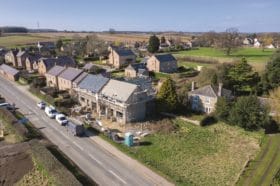















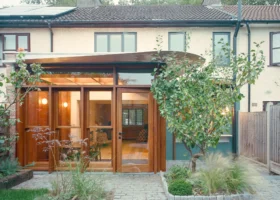

































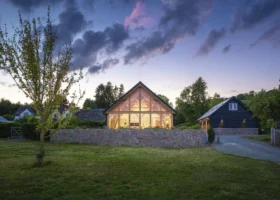













































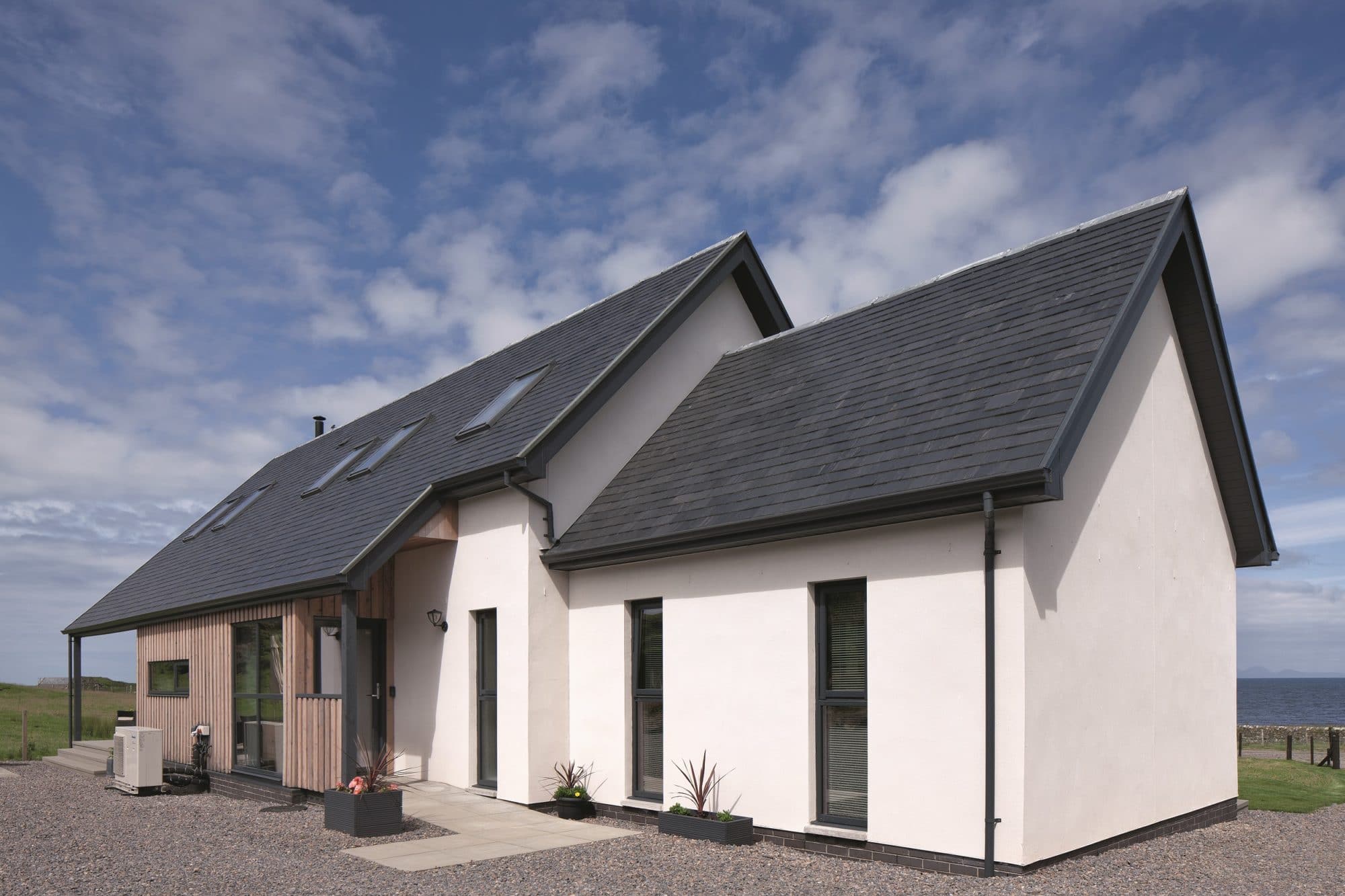
 Login/register to save Article for later
Login/register to save Article for later

